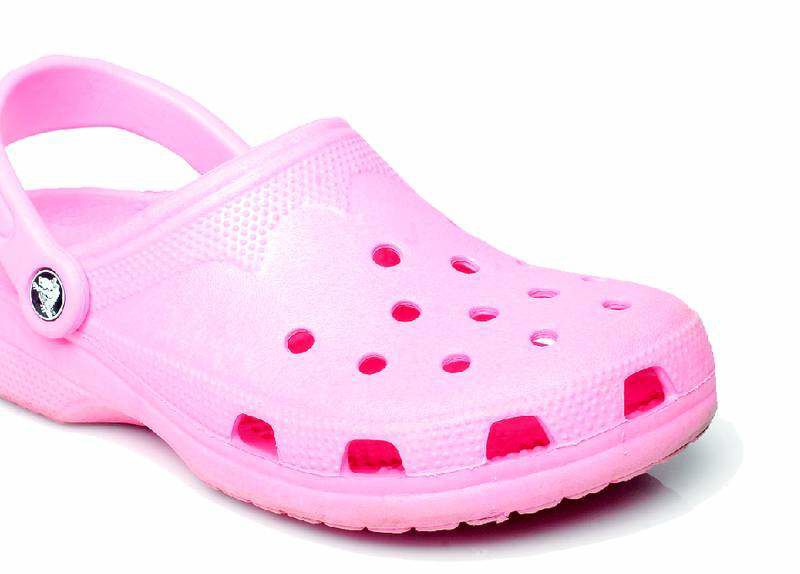Crocs fans find comfort zone
Published 4:00 am Thursday, February 8, 2007

- Crocs fans find comfort zone
JuDee Robinson, a nurse with Cascade Medical Clinic in Redmond, spends a good 10 hours of her day on her feet. So when she saw a co-worker wearing a pair of brightly colored rubber sandals a year and a half ago, she asked if they were comfortable.
”She said, ‘Here, try them on,’” Robinson recalls. ”It was like walking on marshmallows, so I went out and bought some.”
Now Robinson owns about 18 pairs of Crocs sandals. ”I have every color under the sun,” he says.
Selling for about $30 a pair, the rubber clogs have become a national phenomenon. And while they may be a fashion faux pas, devotees say for comfort and pain relief, they’re hard to beat.
Crocs introduced its original Beach model in 2002, primarily for boaters who needed slip-resistant shoes that did not mark boat decks.
The shoes are made of a proprietary closed-cell resin called Croslite, which warms and softens with body heat and molds to the foot. The resin is anti-microbial, odor-resistant and extremely lightweight.
The company, based in Boulder, Colo., has since introduced a variety of new models, including some designed specifically for those with health concerns. The Crocs Rx line has earned the American Podiatric Medical Association’s seal of approval. (Companies must apply for the seal with documentation about the foot health benefits of their products and pay an application fee. The seal is awarded if the application is approved by a scientific advisory board.)
They have garnered a loyal following among those with foot and back pain. While no studies have tested Crocs for the purpose of relieving back pain, podiatrists have been hearing plenty of stories about people who swear by them.
”Crocs are soft, which make people’s backs feel better,” says Dr. Frank Cobarrubia, a Bend podiatrist. ”The people who typically claim that their back pain is reduced stand all day.”
He likens the benefit of Crocs to that of rubberized mats often used in work area where people stand for long periods of time. Cobarrubia says some people may get better results from an over-the-counter foot orthotic or a custom-molded product.
”All would benefit from some type of cushioning if standing for long periods of time on hard surfaces,” he says.
Podiatrists says Crocs are a much better beach option than flip-flops, which provide little arch support, foot protection or shock absorption.
”Tendinitis, arch pain and sprained ankles are just some of the problems flip-flops can cause. They can also make existing problems worse,” says Dr. David Schofield, president of the American Podiatric Medical Association. ”Simply put, flip-flops just aren’t good for your feet.”
At the Redmond Medical Clinic, Robinson’s Imelda Marcos-like Crocs collection has caught the eye of plenty of co-workers. They ask, she praises, and soon another nurse is wearing them. Robinson used to wear tennis shoes, but says the Crocs are ”10 times better.”
”They make my feet smile,” she says.








